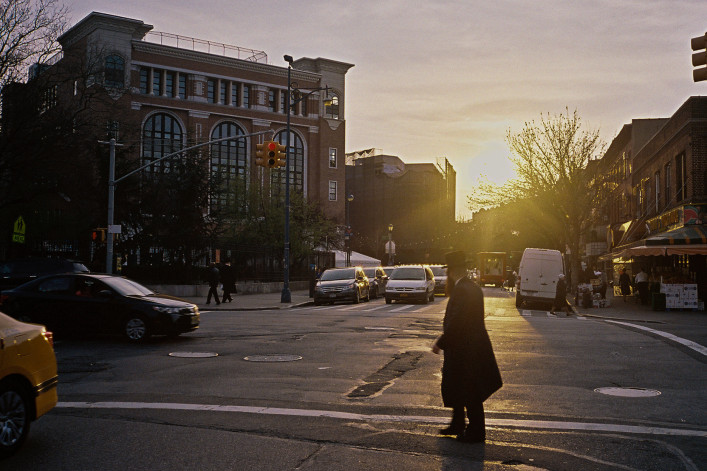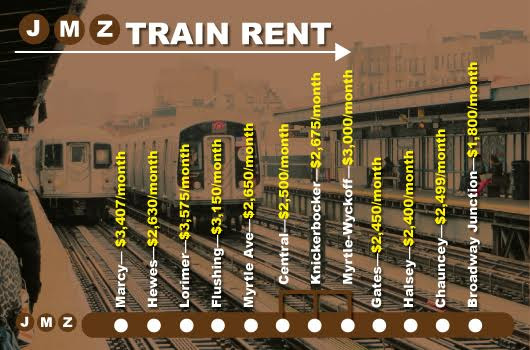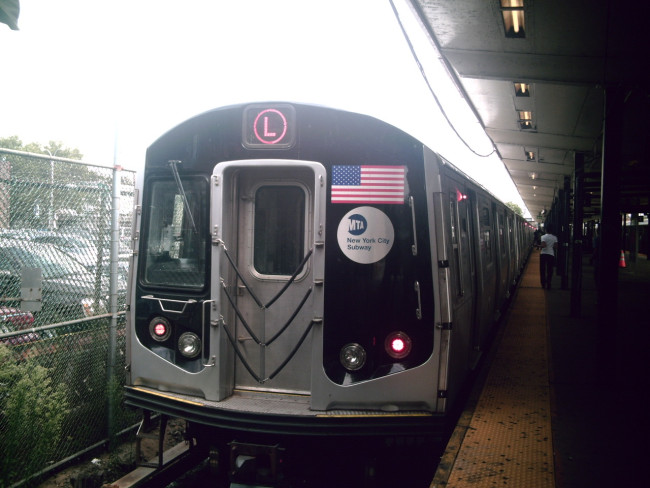"Los Sures" offers a snapshot of South Williamsburg in the 1980s

South Williamsburg has been slower to gentrify than the north side, but now it's catching up.
A 1984 documentary called Los Sures, which offers a deep dive into the South Williamsburg of the time, is enjoying a second life, according to Gothamist—though its rebirth is somewhat bittersweet, given that the film depicts a corner of New York that is much changed.
The director, Diego Echeverria, presents a frank portrait of the community, which was then primarily Puerto Rican and Dominican, and the trailer hints at a Williamsburg marked by both connection and conflict. The neighborhood, once referred to by a local leader as “the killing fields” because of its gang activity, was considered rough even by the standards of 1980s NYC, when violent crime was high citywide. At the same time, Los Sures possessed what Echeverria calls “a strong sense of identity” in a 2014 interview with Vice, and he remembers the area’s cultural cohesion bearing fruit in the form of street art and breakdancing, as well as neighborliness. “People were truly connected. They knew each other,” he says.
The documentary is likely garnering interest now (you can see it at the Metrograph Theater starting April 15) in part because of how drastically the area portrayed in Los Sures has transformed. The gentrification of Williamsburg is generally traced to the early 1990s, according to a study conducted by the CUNY Macaulay Honors College, when artists, displaced from areas like SoHo due to rising rents, relocated to North Brooklyn for its affordability and proximity to Manhattan. At that time, much of the metamorphosis from struggling neighborhood to desirable creative enclave was centered on Williamsburg’s north side, where the Bedford Avenue L train offers quick access to the city.
The south side was slower to transform, remaining both a Latino and Hasidic stronghold until well into the 2000s. What likely helped tip the scales was the Department of City Planning’s 2005 rezoning of the Williamsburg and Greenpoint waterfronts, the goal of which was to revitalize areas the DCP described as having been “vacant and derelict for years” by allowing construction of new housing and retail at higher densities. Luxury high-rise condominiums like The Edge quickly sprang up along the East River, and with them, these Business Insider maps reveal, so did median household incomes.
The images also show that below Grand Street, which is considered the border between the north and south sides of the neighborhood, South Williamsburg remained a haven for lower-income households until fairly recently—but according to the most recent map, that’s finally changing. Last year, Two Trees Management broke ground on its redevelopment of South Williamsburg’s Domino Sugar factory, which The Real Deal reports will become a massive mixed-use development. Both the New York Times and New York have published guides to the neighborhood that delve into how the south side is transforming. And the planned L shut down has real estate brokers anticipating a South Williamsburg boom.
All of these changes are making “the killing fields” a distant memory. But along with crime, Los Sures provokes questions about what else has vanished. In his Vice interview, Echeverria is relatively sanguine: “That's the story of most urban centers in the US,” he says. “Nothing remains static.” It’s fortunate, then, that he captured a moment in time before it was lost forever; you can re-live that moment in depth at the Los Sures website, which explores the film shot by shot, follows up with one of its stars, and offers other interactive features that touch upon its themes.
You Might Also Like

























